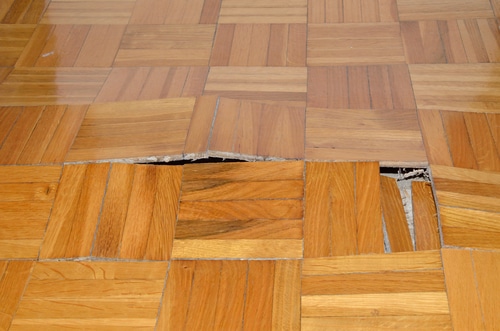Just how to Discover and Fixing Water Leaks-- A Comprehensive Overview
Just how to Discover and Fixing Water Leaks-- A Comprehensive Overview
Blog Article
Just how do you feel in regards to Leaking water lines?

Early discovery of leaking water lines can mitigate a potential catastrophe. Some little water leakages might not be noticeable.
1. Analyze the Water Meter
Every house has a water meter. Inspecting it is a proven way that aids you uncover leaks. For beginners, switch off all the water resources. Make sure nobody will flush, utilize the faucet, shower, run the cleaning device or dishwasher. From there, most likely to the meter and watch if it will certainly alter. Since no person is using it, there should be no movements. If it moves, that suggests a fast-moving leak. If you detect no adjustments, wait a hr or 2 and also examine back again. This suggests you may have a slow-moving leak that could even be below ground.
2. Inspect Water Consumption
Analyze your water costs and also track your water consumption. As the one paying it, you need to see if there are any type of disparities. If you spot sudden changes, regardless of your consumption being the same, it means that you have leaks in your plumbing system. Keep in mind, your water costs should drop under the exact same range every month. A sudden spike in your costs shows a fast-moving leakage.
At the same time, a constant boost on a monthly basis, even with the exact same practices, shows you have a sluggish leakage that's also gradually intensifying. Call a plumber to extensively examine your building, specifically if you really feel a cozy area on your floor with piping beneath.
3. Do a Food Coloring Examination
30% comes from commodes when it comes to water intake. Examination to see if they are running correctly. Decline specks of food color in the tank and wait 10 minutes. There's a leakage in between the container and also bowl if the color somehow infiltrates your dish throughout that time without flushing.
4. Asses Outside Lines
Do not fail to remember to check your outdoor water lines too. Test faucets by connecting a garden tube. Must water seep out of the connection, you have a loose rubber gasket. Change this and guarantee all connections are tight. If you've obtained a sprinkler system, it will certainly help get it properly checked out and also kept annually. One small leakage can lose lots of water as well as spike your water expense.
5. Evaluate as well as Evaluate the Situation
Home owners should make it a routine to examine under the sink counters and even inside closets for any bad odor or mold growth. These two red flags indicate a leakage so punctual focus is required. Doing routine evaluations, even bi-annually, can save you from a major issue.
If you understand your house is already old, maintain a careful eye on your heating systems, pipes, pipelines etc. Look for discolorations as well as damaging as a lot of pipes as well as home appliances have a life span. They will likewise naturally deteriorate as a result of tear and also use. Don't wait for it to escalate if you suspect dripping water lines in your plumbing system. Call a professional plumber as soon as possible so you do not end up with a horrible mess in your house.
Early detection of leaking water lines can alleviate a potential disaster. Some tiny water leakages may not be noticeable. Checking it is a surefire way that assists you find leakages. One tiny leak can waste lots of water and also increase your water costs.
If you suspect leaking water lines in your plumbing system, don't wait for it to escalate.
WARNING SIGNS OF WATER LEAKAGE BEHIND THE WALL
PERSISTENT MUSTY ODORS
As water slowly drips from a leaky pipe inside the wall, flooring and sheetrock stay damp and develop an odor similar to wet cardboard. It generates a musty smell that can help you find hidden leaks.
MOLD IN UNUSUAL AREAS
Mold usually grows in wet areas like kitchens, baths and laundry rooms. If you spot the stuff on walls or baseboards in other rooms of the house, it’s a good indicator of undetected water leaks.
STAINS THAT GROW
When mold thrives around a leaky pipe, it sometimes takes hold on the inside surface of the affected wall. A growing stain on otherwise clean sheetrock is often your sign of a hidden plumbing problem.
PEELING OR BUBBLING WALLPAPER / PAINT
This clue is easy to miss in rooms that don’t get much use. When you see wallpaper separating along seams or paint bubbling or flaking off the wall, blame sheetrock that stays wet because of an undetected leak.
BUCKLED CEILINGS AND STAINED FLOORS
If ceilings or floors in bathrooms, kitchens or laundry areas develop structural problems, don’t rule out constant damp inside the walls. Wet sheetrock can affect adjacent framing, flooring and ceilings.
https://www.servicemasterbyzaba.com/blog/how-to-detect-water-leakage-in-walls/

We had been brought to that report about Locating water leaks from someone on a different web page. Sharing is nice. You won't know, you may just be helping someone out. Thanks for your time spent reading it.
Report this page